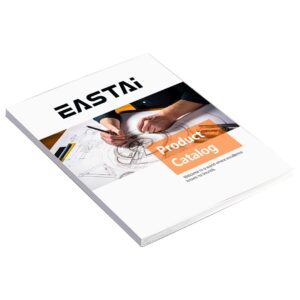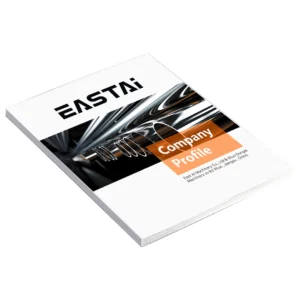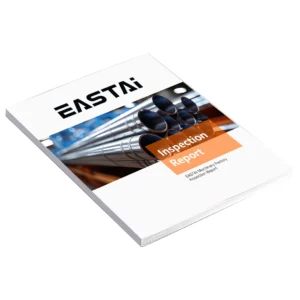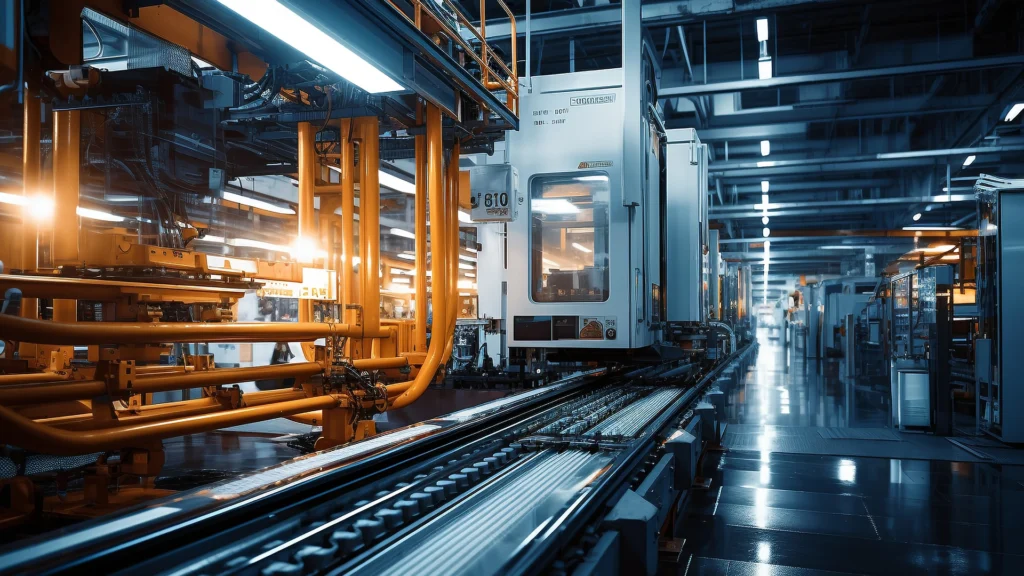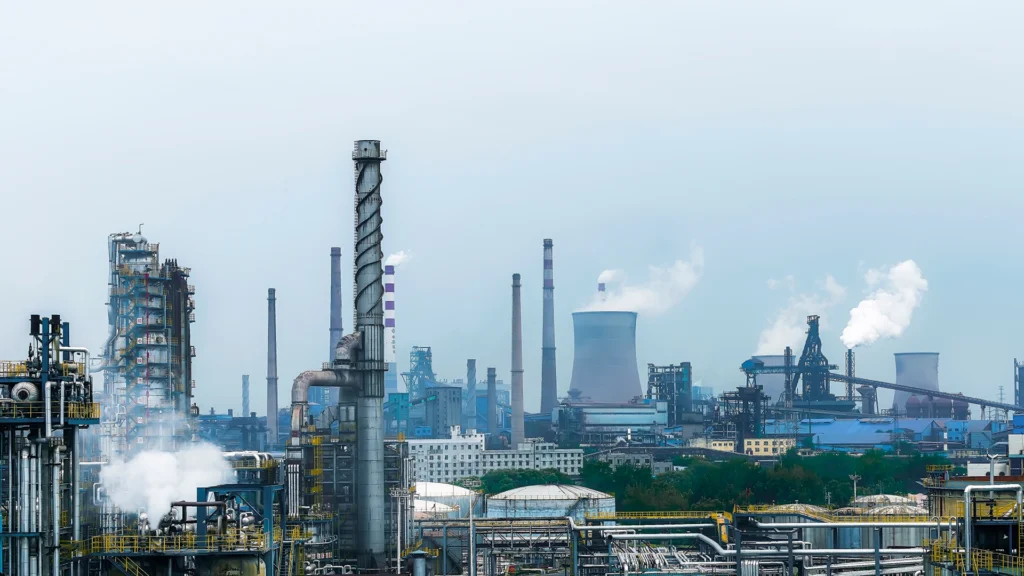Now that we understand the basics of 1045 steel and chrome plating, let’s explore how chrome plating can significantly improve the durability of 1045 steel.
Increased Corrosion Resistance
One of the most significant advantages of chrome plating is its ability to prevent corrosion. 1045 steel, while strong, is prone to rusting in the presence of moisture, oxygen, or certain chemicals. The chrome layer acts as a barrier, preventing these elements from reaching the underlying steel and causing oxidation. This is especially important in industries like automotive and aerospace, where parts are exposed to harsh environments.
Enhanced Wear Resistance
Another benefit of chrome plating on 1045 steel is improved wear resistance. The hard chrome layer is extremely tough and can withstand significant friction without wearing down. This makes it ideal for parts that are subject to repeated motion or contact, such as shafts, gears, and pistons. With chrome plating, these components can last longer, reducing the need for replacements and minimizing downtime in industrial settings.
Improved Hardness
Chrome plating increases the hardness of the surface of 1045 steel. The hardness of the steel is significantly enhanced by the chromium layer, making it more resistant to scratches, dents, and other forms of surface damage. This is particularly beneficial for components that are subject to high-pressure contact, such as in hydraulic systems or machinery.
Better Aesthetic Appeal
While the functional benefits of chrome plating are essential, it also provides a visually appealing finish. The shiny, reflective surface of chrome plating gives 1045 steel parts an attractive appearance, which is especially desirable for automotive and decorative applications. The polished chrome finish not only adds to the aesthetic appeal but also makes it easier to clean and maintain the part.
The Chrome Plating Process on 1045 Steel
The process of applying chrome plating to 1045 steel involves several steps to ensure a high-quality finish that enhances the material’s durability. Here’s a breakdown of the key steps involved:
Preparation of Steel Surface
Before the chrome plating can be applied, the surface of the 1045 steel must be cleaned thoroughly. Any dirt, grease, or contaminants are removed through chemical cleaning, abrasive blasting, or acid treatments. The goal is to create a clean, roughened surface that will allow the chrome to bond effectively with the steel.
The Electroplating Process
Once the steel is prepared, it is submerged in an electrolyte bath containing a chromium solution. An electric current is passed through the solution, causing the chromium ions to bond with the surface of the steel. The result is a thin but durable layer of chromium that adheres strongly to the base material.
Post-Plating Treatment
After the plating process, the part is usually treated with a series of additional steps, such as polishing, buffing, or coating with an additional protective layer. This ensures that the chrome finish is smooth, uniform, and free of defects.
Benefits of Chrome Plating for 1045 Steel in Various Industries
Chrome plating is used in a variety of industries due to its durability-enhancing properties. Let’s take a closer look at how chrome plating benefits 1045 steel in different sectors:
Automotive Industry
In the automotive sector, 1045 steel components like shafts, gears, and pistons are often chrome plated to improve their performance and lifespan. Chrome plating reduces wear and tear on moving parts, ensuring smoother operation and less frequent maintenance.
Aerospace Industry
In the aerospace industry, components are subjected to extreme stress, pressure, and environmental factors. Chrome plating 1045 steel parts like hydraulic rods, actuators, and landing gears enhances their durability and resistance to corrosion, making them more reliable and long-lasting.
Manufacturing and Heavy Machinery
For manufacturing equipment and heavy machinery, parts made from 1045 steel that are chrome plated exhibit increased resistance to abrasion, corrosion, and impact. This reduces the frequency of repairs and extends the operational lifespan of critical machinery.
Comparing Chrome Plating with Other Surface Treatments
While chrome plating offers significant benefits, it’s important to compare it with other common surface treatments to determine which is best suited for specific applications.
Chrome Plating vs. Zinc Plating
Zinc plating is a popular alternative to chrome plating. While it offers some corrosion resistance, it doesn’t provide the same level of wear resistance or hardness as chrome plating. Zinc plating is also generally thinner, making it less durable for high-stress applications.
Chrome Plating vs. Nickel Plating
Nickel plating is another surface treatment that provides corrosion resistance and hardness. However, chrome plating typically offers superior wear resistance, especially in high-friction applications. Chrome-plated surfaces also tend to have a more attractive finish than nickel-plated parts.
Challenges and Considerations with Chrome Plating on 1045 Steel
Despite its numerous benefits, chrome plating on 1045 steel does come with a few challenges that need to be considered:
Cost Considerations
The chrome plating process can be expensive due to the labor, chemicals, and equipment involved. For some applications, the cost may outweigh the benefits, especially for parts that don’t experience significant wear or exposure to corrosive environments.
Environmental Concerns
The chrome plating process involves the use of hazardous chemicals, which can pose environmental risks if not properly managed. Many plating facilities are now adopting more eco-friendly techniques to mitigate these risks.
Maintenance and Longevity
While chrome plating greatly enhances the durability of 1045 steel, it still requires maintenance. Over time, the chrome layer can become damaged or worn, necessitating re-plating to restore its protective properties.
Conclusion
Chrome plating is an essential treatment for 1045 steel, significantly enhancing its durability, wear resistance, corrosion resistance, and aesthetic appeal. This process allows 1045 steel to be used in a wide range of industries, from automotive to aerospace, where parts need to withstand harsh conditions and frequent use. While chrome plating does come with some challenges, the benefits it provides in terms of performance and longevity make it a highly valuable option for improving the lifespan and functionality of steel components.

